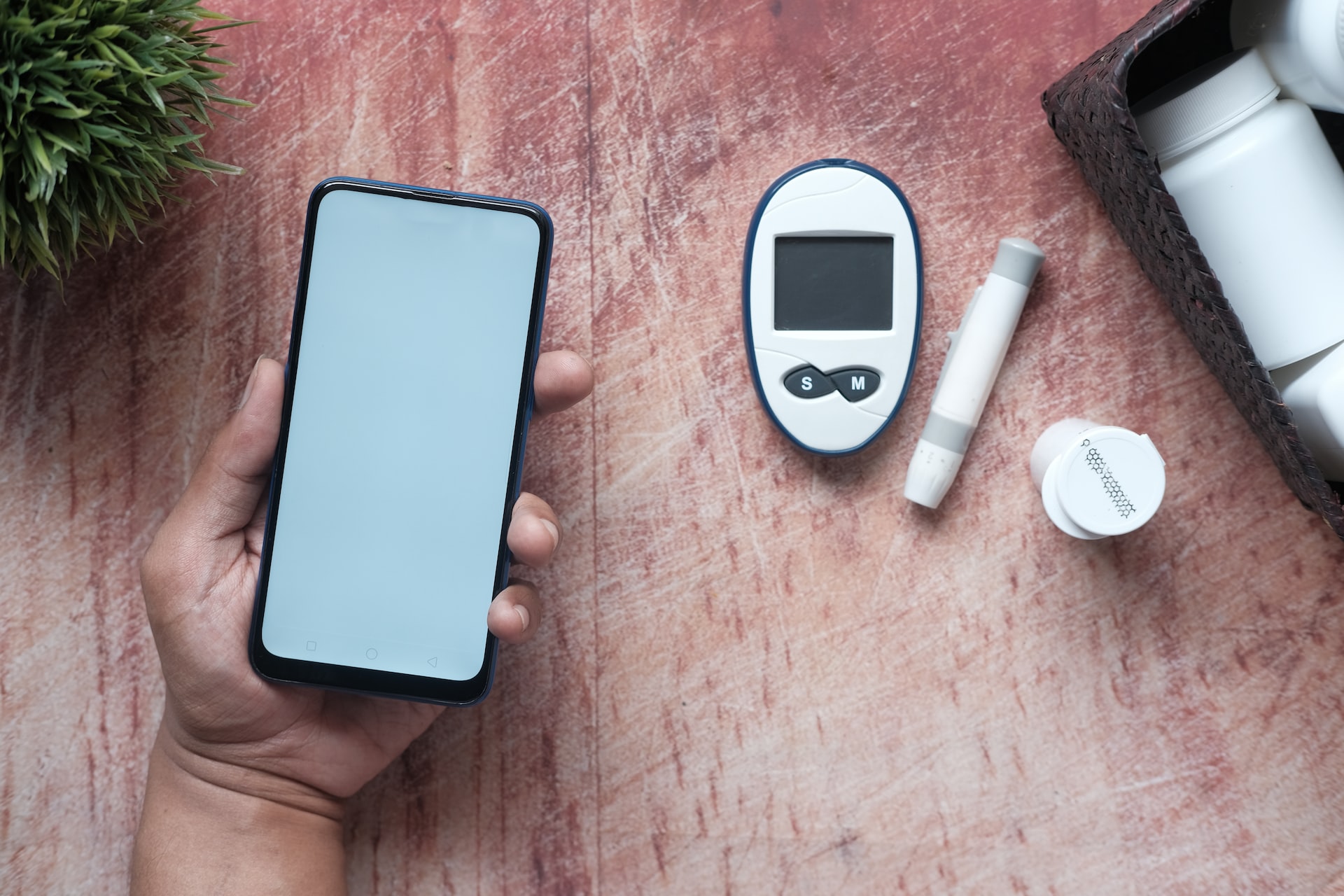No one contests the benefits of digital therapy over standard methods in the present world, including direct patient access, lower treatment costs, better adherence to a healthy lifestyle, and a considerable improvement over conventional ways of treatment. In this post, we’ll attempt to demonstrate the value and necessity of employing digital therapy, as well as how it may be used to cure a variety of illnesses and contribute to the advancement of global medicine.
What is digital therapeutics and why is it needed
Utilizing software that has undergone clinical evaluation and is evidence-based, digital therapy (DTx) offers medical intervention to patients in order to treat, manage, and prevent a variety of diseases and disorders. The fact that digital treatments are evidence-based programming that has passed clinical examination is particularly significant in this definition.
Healthcare is now being rebuilt and improved as a result of the quick adoption of new technologies. The potential for digital therapeutics, along with other therapeutics, to improve patient outcomes has attracted the interest of large pharmaceutical companies, which have begun to invest in this area and enter into strategic partnerships with technology companies. Through these innovative developments, patients will be able to better assess their condition and take a more active part in treatment, which is not possible with traditional drug therapy alone. This, in turn, will reduce the burden on the healthcare system.
The use of digital therapy in the treatment of various diseases
The most well-liked are digital therapy programs that automate normal duties for people with chronic illnesses. Patients frequently grow weary of their regular routines and start skipping treatments or ceasing to exercise when necessary. Medication notifications from a Google calendar and patient journals with the ability to track numerous health indicators are two examples of how digital solutions are replacing analog methods. The approval procedure is still ongoing for another category of apps that analyzes patients’ data and offers lifestyle suggestions. However, successful instances already exist.
Application for diabetes management
BlueStar incorporates information from the patient’s lab and pharmacy visits, as well as information on their nutrition, activity level, sleep patterns, social interactions, and mental state. Clinical trials have demonstrated that BlueStar decreases hemoglobin A1c when used in conjunction with traditional treatment 2 to 4 times more effectively than diabetic drugs alone.
Diabetes Prevention Programs
WellDoc became the first FDA (Food and Drug Administration) app for managing diabetes. By closely tracking patients’ nutrition, weight, and physical activity and connecting them to their healthcare provider, this scientifically successful app can change treatment during symptom flare-ups and lower symptom frequency.
Biosensors It is a crucial part of wearable technology, such as smartwatches and fitness trackers. Patients with chronic conditions, who must constantly monitor numerous physiological indicators simultaneously for the operational control of particular biological markers, are particularly in need of them. These devices can contact an ambulance and provide patient data to a physician.
Telemedicine
It has emerged as the market’s most well-liked application area for digital technology. In regions where the majority of the people reside outside of large cities, telemedicine has significantly decreased the burden and cost of healthcare while also increasing access to care.
Electronic document management
The processes used to digitize medical records simplify the delivery of healthcare services and speed up the transfer of healthcare information. They also take over the routine, allowing doctors to focus on treating patients. In addition, artificial intelligence algorithms are able to evaluate information from electronic medical records and make operational recommendations, such as notifications about the need for examinations or updating prescriptions for medicines.
Internet of Medical Things
IoMT has now made it possible to link devices and sensors into ecosystems. It transfers data in a structured format to cloud storage, which can be remotely accessed by multiple users at once. The number of studies conducted with the involvement of medical professionals, the cost of therapy, and the likelihood of medical error are reduced through a combination of constant monitoring of human physiological processes and timely tracking of significant changes. It is thanks to the Internet of Medical Things that smart therapeutic equipment such as insulin pumps and smart tablets are being used in therapy.
Medical image analysis
The analysis of medical images using computer vision algorithms, for example, in the detection of diseases from radiographs, computed tomography or mammograms, is another promising application of digital therapy. This improves the accuracy and speed of diagnosis.
Future of the digital therapeutics
In some aspects of health care, technology will never completely replace traditional medicines. Therefore, digital therapeutics will complement existing therapeutic methods, providing more favourable treatment outcomes. As DT evolves, new health technology assessment tactics will be required to study these interventions. Given the current scenario, it is reasonable to expect that a significant portion of the healthcare budget will go towards the creation and distribution of digital healthcare solutions, including DT tools and surveillance technologies. Therefore, it can be foreseen that in the near future, the need for such solutions will increase.
Can we expect rapid implementation of DTx solutions in real practice?
In essence, digital therapy solutions represent a paradigm shift in how we think about healthcare delivery. While we still believe that digital healthcare is a cultural transformation initiated but not driven by cutting-edge technology, DTx will have a huge impact on how doctors provide patient care.
The fact that the number of people using digital therapeutics worldwide is growing every year, according to statistics, leads us to conclude that the role of DTx will increase in many areas of medicine.. As such digital tools and programs gain more validation in clinical trials, they will be seen as viable alternatives for physicians to turn their use into routine practice.




















